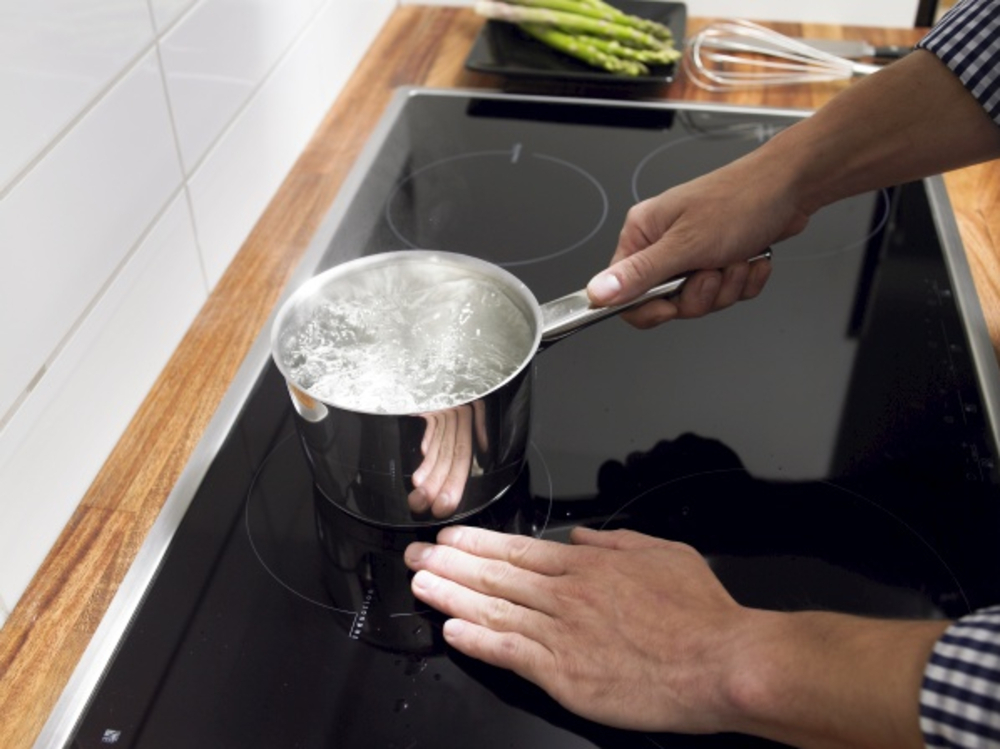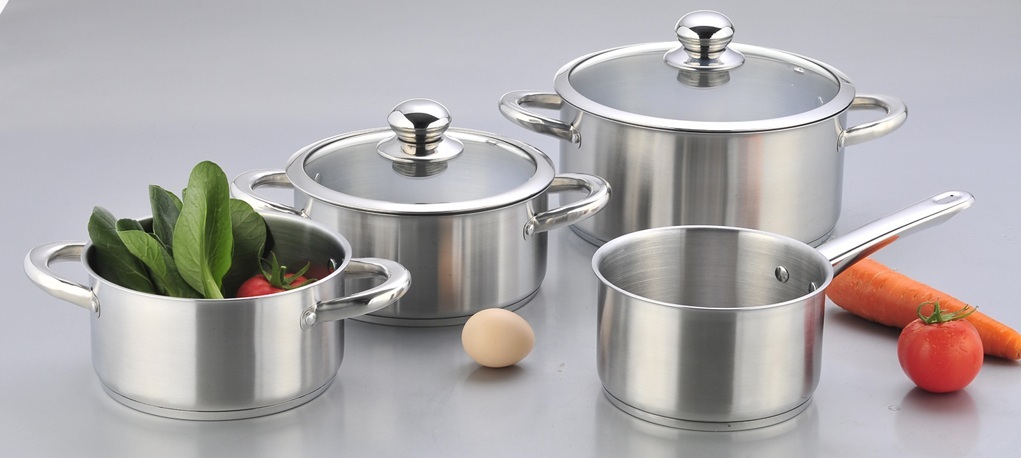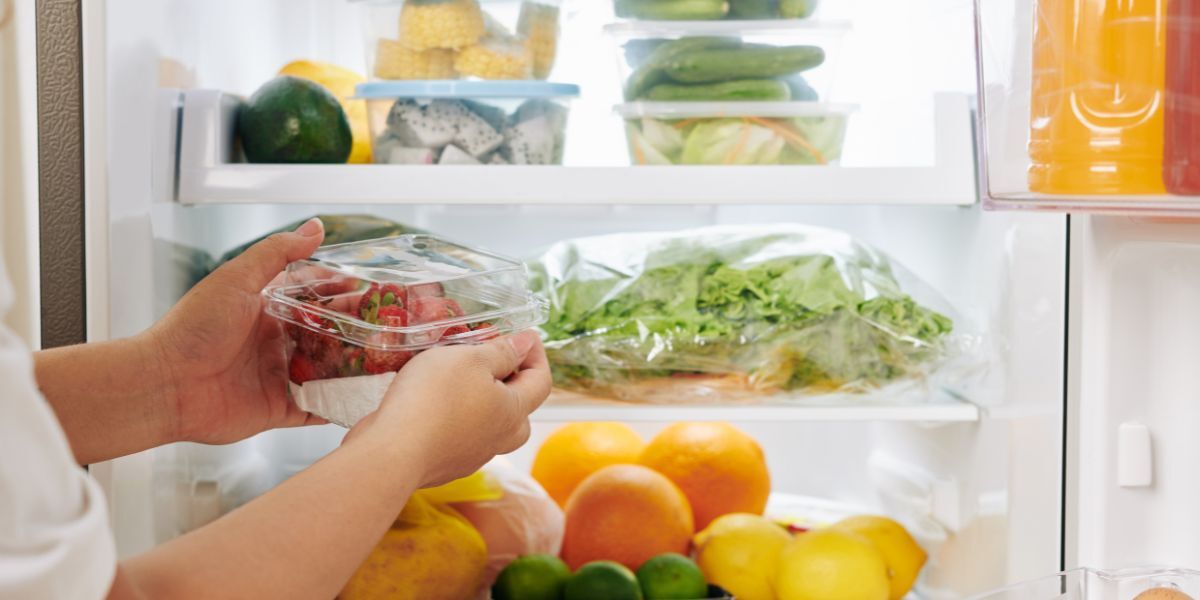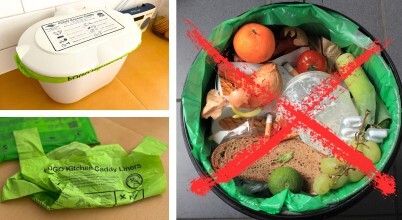
Kitchen
All things cooking, cleaning, chilling and more for the hard-working heart of your home.
KITCHEN | 27 MAY, 2024
6 MIN READ
A beginner’s guide to induction cooking
Let's induct you into induction cooking

We’ve been singing the praises of induction cooktops for a while now. We’ve told you all about how they look great, they cook efficiently and are easy to clean.
But how about actually USING the things?
After all, many appliances have something of a learning curve, especially when they use technology we haven’t grown up with. Remember the story of the mum trying to ‘bake’ a chicken in her brand-new microwave and essentially vaporising it?
If you’d prefer to learn from someeone else’s mistakes rather than your own, here are a few tips for getting the most use out of an induction cooktop, and how to best take care of one:
Know your enemy
Well, not your “enemy” per se. How could could something that helps you prepare tasty food ever be an enemy?
So what is an induction cooktop? Well, we’ve blogged about this before, but let’s go over the basics again:
Induction cooktops are electric cooktops. They don’t use gas or flames.
While induction cooktops run on electricity, they work differently to standard electric cooktops.
Induction cooktops don’t get hot. Instead they use electromagnetic radiation (don’t worry, it’s safe) to heat up your cookware itself.
Since induction cooktops don’t heat the air between them and your pans, your kitchen should be cooler in temperature and less polluted than when using other cooktops.

Use the right cookware
One cool perk of working at Appliances Online is the fairly well-appointed kitchen – though like all office kitchens, it often needs a bit of a clean. When a few of us were first having a go at using the kitchen’s induction cootops to prepare a team lunch, we ran into some trouble when our frying pans seemingly just weren’t heating up. Was something broken? Did we do something wrong?
We eventually worked out that some of the pans that we’d brought from home to handle this this ambitious feast weren’t made from the correct materials for effective induction cooking.
Because induction cooking works using electromagnetism, it only plays well with other materials that are affected by magnets. Ferrous metals such as cast-iron and certain stainless steels are ferromagnetic (i.e. magnets stick to ‘em good) and are thus ideal for use with induction cooking. Aluminium, copper and glass cookware is not effective, and some of these soft metals sometimes leave marks on the hard cooktop surface that are nigh-impossible to remove.
Since modern cookware is often made from a mixture of materials, it’s sometimes hard to be certain whether a piece of cookware will play nicely with an induction cooktop. Thankfully you can perform a simple check of your current or new cookware by slapping a fridge magnet onto the base and seeing if it sticks. If it falls off, that’s a problem.

You can also look for an Induction Ready symbol on the labelling or packaging of the cookware.
And it’s not the end of the world of your favourite “Old Reliable” saucepan isn’t going to work with your new induction cooktop, or if you like to use a round-bottomed wok and haven’t opted for a model with a sunken wok zone.
Using an induction disc or wok trivet, you can heat up your unorthodox cookware on an induction cooktop with the same kind of results as an electric one.
Induction cooking is different
A lot of the cooking techniques we all use unconsciously through years of practice go out the window when it comes to induction cooking, due to the way that induction cooktops work.
Cooking on an electric or gas cooktop can be tricky to get just right, as the heating isn’t always even (especially when dealing with a flickering gas flame) and maintaining a stable temperature requires a lot of adjusting the intensity of the heat up and down. After all, even when you set a low temperature, a typical burner or hotplate continues to make the pan hotter – it just does so more slowly.
But when you’re dealing with induction, many of these factors disappear. An induction cooktop’s electromagnetic projection evenly penetrates the entire surface of your pan, with no warmer or cooler spots, so there’s no need to shift the pan’s position while you cook. The temperature is also maintained precisely, without any slow build of hotness, and won’t change until you tell it to.
This can take some getting used to – since induction cooktops heat up so quickly and maintain their temperatures so evenly, they can cook much faster than you may be used to. It’s very easy to accidentally overcook or burn even a familiar dish (if you need recipe ideas, check out our blog of induction cooking recipes) on an induction cooktop if you’re not careful, so watch the clock and consider cooking on a lower setting until you’re used to the induction style.

Clean up afterwards
Just because the ceramic surface of an induction cooktop wipes down easily and doesn’t heat up to “bake on” spilled food grots, doesn’t mean that you can just let your induction cooktop go to the dogs, you pig.
Admittedly, cleaning an induction cooktop is pretty simple and straightforward – a simple spray with your favourite detergent and wipe-down should be enough to start with – there are a few points to keep in mind when looking at long-term care.
- Don’t drop heavy items on the induction cooktop – the glass/ceramic surface is tough, but can crack.
- Make sure the cookware you use is smooth and flat-bottomed. You shouldn’t need to slide your cookware about too much on induction, and uneven surfaces can leave scratches.
- Don’t use the cooktop as a chopping block. A flat induction cooktop can double as kitchen workspace, but take care of the surface.
- Keep magnetic items off the cooktop’s surface. This includes cutlery (imagine going to pick up a fork to discover it suddenly being VERY HOT), certain kitchen foils, credit cards with magnetic strips, and mobile phones (magnetism can do nasty things to their mini hard drives).
- Clean up spills straight away. Food is less likely to bake onto an induction cooktop, but it can still happen due to the residual heat, and they’ll be much harder to shift later on.
- Don’t use abrasive cleaning materials such as scourers. These can scratch.
Hopefully this gives your enough basic understanding of how induction cooktops work and how you can best cook on them and look after them. If you need more information, have a look through our blog archive, read our induction cooktop buying guide, or contact the Appliances Online team.

After joining Appliances Online, Mark learned more than he ever expected to know about washers, dryers and fridges, and discovered a knack for solving everyday problems using typical household appliances. When he’s not toiling at his day job, Mark tries to find time to write the next bestseller and draw satirical cartoons, but is too easily distracted by TV, music and video games.
Latest Articles
TV, AUDIO & ELECTRONICS
5 DECEMBER 2025
9 of the Best Cheap TVs in Australia in 2025
Value-packed 55", 65" and 75" budget screens.
ECO & SAVE
4 DECEMBER 2025
Part 1: Reduce food waste and save money - Smart cooking and meal prep
With simple meal planning and the right appliances
ECO & SAVE
4 DECEMBER 2025
Part 2: Reduce food waste and save money - Smarter storage and sustainability
Extend grocery shelf-life in your fridge, freezer and pantry
ECO & SAVE
3 DECEMBER 2025
Why food scraps are a bigger problem than you think
There’s a better way to dispose of food waste
More Like This
TV, AUDIO & ELECTRONICS
5 DECEMBER 2025
9 of the Best Cheap TVs in Australia in 2025
Value-packed 55", 65" and 75" budget screens.
ECO & SAVE
4 DECEMBER 2025
Part 1: Reduce food waste and save money - Smart cooking and meal prep
With simple meal planning and the right appliances
ECO & SAVE
4 DECEMBER 2025
Part 2: Reduce food waste and save money - Smarter storage and sustainability
Extend grocery shelf-life in your fridge, freezer and pantry



